Make a Difference with an ABA Master’s Degree
Licensed Behavior Analysts and Board Certified Behavior Analysts work with people with autism to build skills and change socially significant behavior, allowing them to live the most independent life possible.
Tuition & Fees
30 credits
(8-credit practicum also available)
$685 per-credit
$3,055 Graduate Assistantships available per semester
(enrolled in a minimum of 6 credits per semester) *Must be available for in-person Graduate Assistantship work on our Albany or Troy campuses.
Length & Format
2 years
to graduate
5 semesters
100% Online
program delivery
Small class sizes of 16
About the Esteves School of Education
We support future educators from their bachelor’s degree through our doctoral programs because we believe education never stops.
Specialties in our ABA master’s program
Our ABA master’s program has a specific focus on autism. It is approved by NYSED as a licensure-qualifying program for behavior analysts in New York State. It is also a Verified Course Sequence approved by the Association for Behavior Analysis International as meeting coursework requirements to take the Board Certified Behavior Analyst examination for BCBA certification.
Course Requirements
Credits and Completion
Our master’s in Applied Behavior Analysis programs range from 38 credits for practicum-track students and 30 credits for nonpracticum-track student. Both the practicum and nonpracticum track options take approximately five to six semesters to complete. It is important to note that this includes summer semesters.

Quick Links
ABA program faculty are professionals with years of experience. Small class sizes of 16 ensure that you always get one-on-one attention.

Your Future Career with an ABA Master’s Degree
Licensure or Certification for Behavioral Analysts
When you complete the Applied Behavior Analysis master’s degree, you’ll meet all the coursework requirements needed to take the NYSED LBA and BCBA exams.
After completing our program, you’ll have met the coursework requirement for the BACB and the New York State Education Department requirements for licensure or certification as a Behavioral Analyst.
Career Opportunities
Graduates of our Applied Behavior Analysis master’s program become Board Certified Behavior Analysts and Licensed Behavior Analysts and work in a variety of settings.
Recent graduates are BCBAs, LBAs, special education teachers, and behavior technicians with schools, school districts, and in education and health care-related practices in New York state and across the country. Graduates also serve as executive directors, directors of training, and in similar leadership roles at organizations serving individuals on the autism spectrum.
M.S. in Applied Behavior Analysis and Autism Alumni Spotlights
Meet the successful students and alumni of our ABA master’s program.
We know there are many different ways to measure success, but still, Karl Schmitt’s measurement is startling. He remembers the …
Talk to Cheryl Ostryn for even a short time and you get a clear sense of her philosophy of education: …






